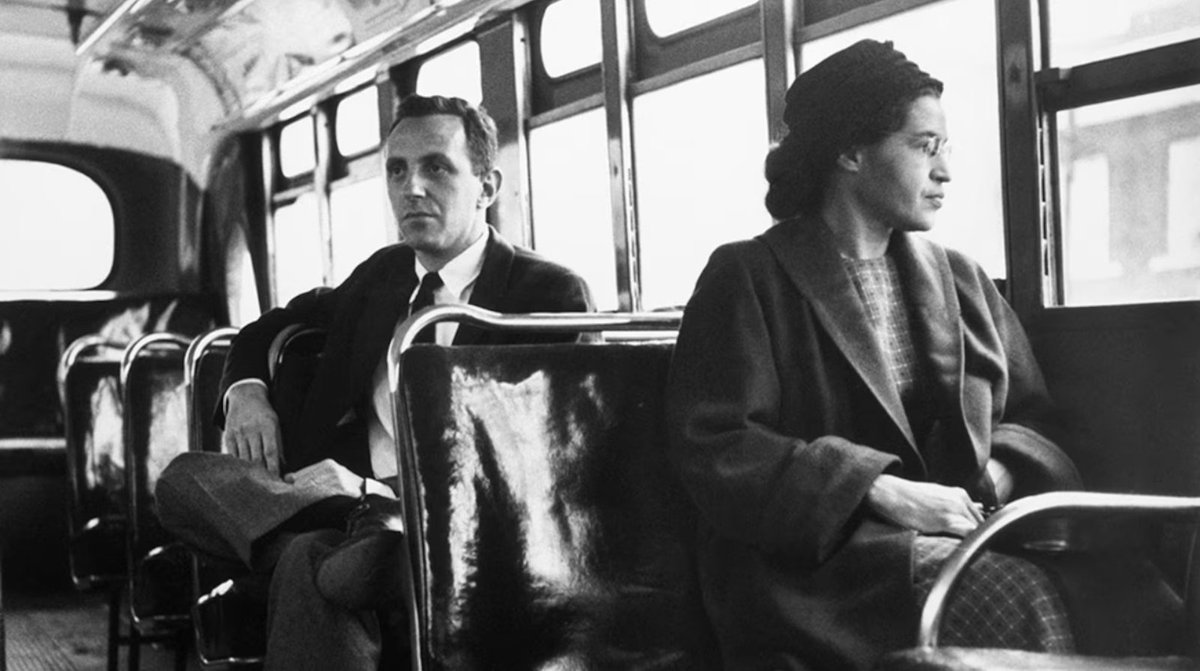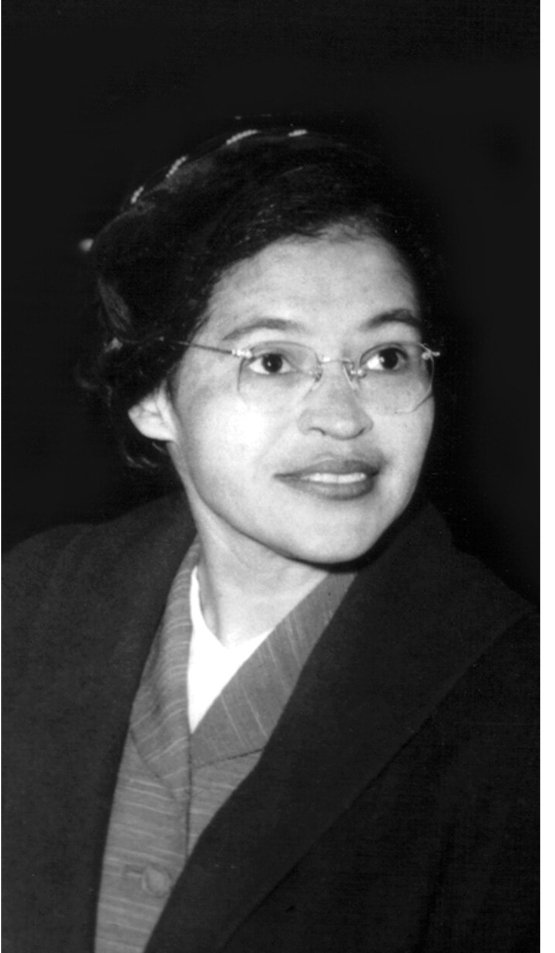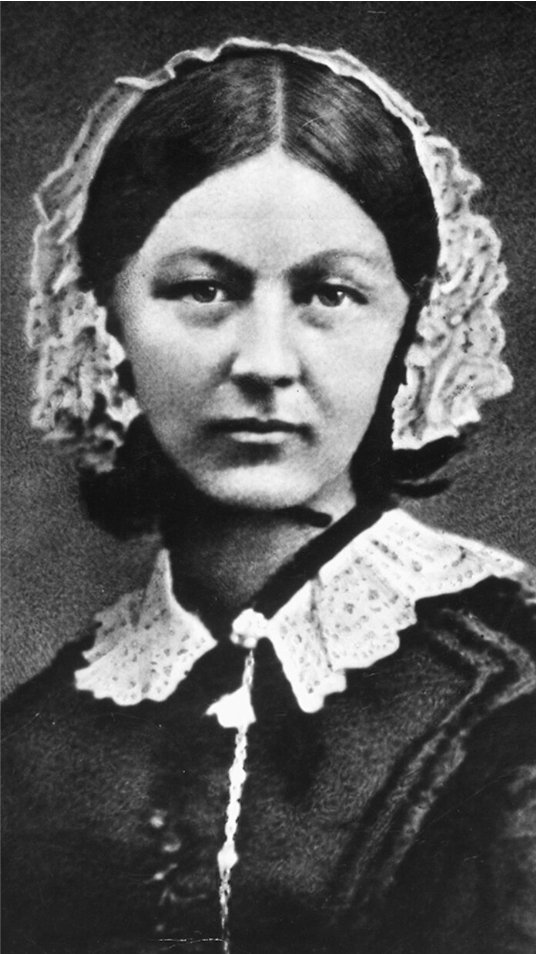
1/14
#WomensHistoryMonth
Eleanor Roosevelt:
The woman who set the standard for modern first ladies to help their fellow citizens
BY: JOHNNA RIZZO
#WomensHistoryMonth
Eleanor Roosevelt:
The woman who set the standard for modern first ladies to help their fellow citizens
BY: JOHNNA RIZZO

2/14
Even though Eleanor Roosevelt was born into a well-to-do New York family on October 11, 1884, she did not have a happy childhood. By the time she was 10 years old, she had lost both her parents and a younger brother.
Even though Eleanor Roosevelt was born into a well-to-do New York family on October 11, 1884, she did not have a happy childhood. By the time she was 10 years old, she had lost both her parents and a younger brother.
3/14
Her grandmother, whose care she was under, was a stern woman and kept her away from almost everyone except a few family members.
Her grandmother, whose care she was under, was a stern woman and kept her away from almost everyone except a few family members.
4/14
But as she grew older, she realized that other people were much worse off, & she wanted to make their lives better. She helped new immigrants adjust to life in the United States, started investigating poor working conditions at factories, & visited soldiers during WW1.
But as she grew older, she realized that other people were much worse off, & she wanted to make their lives better. She helped new immigrants adjust to life in the United States, started investigating poor working conditions at factories, & visited soldiers during WW1.

5/14
Then in 1929, the country entered the Great Depression, a time when a quarter of Americans did not have jobs and couldn’t afford to eat.
Then in 1929, the country entered the Great Depression, a time when a quarter of Americans did not have jobs and couldn’t afford to eat.
6/14
By the time her husband, Franklin D. Roosevelt, became president in 1933, she was ready to do whatever she could to help her fellow Americans.
By the time her husband, Franklin D. Roosevelt, became president in 1933, she was ready to do whatever she could to help her fellow Americans.
7/14
Because the president had contracted polio in 1921 and couldn’t move without a wheelchair or crutches, Roosevelt became his “eyes, ears, and legs.”
Because the president had contracted polio in 1921 and couldn’t move without a wheelchair or crutches, Roosevelt became his “eyes, ears, and legs.”
8/14
She travelled the country to report on how Americans were living and who was being treated unfairly. She also gave speeches urging people to treat children, women, and racial minorities with respect and fairness.
She travelled the country to report on how Americans were living and who was being treated unfairly. She also gave speeches urging people to treat children, women, and racial minorities with respect and fairness.

9/14
But she didn’t just talk—and many people didn’t always approve of things she did. As first lady, she held press conferences just for female reporters. She created homes and jobs for African-American coal miners who had lost their jobs in West Virginia
But she didn’t just talk—and many people didn’t always approve of things she did. As first lady, she held press conferences just for female reporters. She created homes and jobs for African-American coal miners who had lost their jobs in West Virginia
10/14
And in 1939, she quit an organization called the Daughters of the American Revolution after they wouldn’t allow African-American singer Marian Anderson to perform; Roosevelt then arranged for her to sing at the Lincoln Memorial in Washington, D.C.
And in 1939, she quit an organization called the Daughters of the American Revolution after they wouldn’t allow African-American singer Marian Anderson to perform; Roosevelt then arranged for her to sing at the Lincoln Memorial in Washington, D.C.

11/14
Roosevelt changed what it meant to be a first lady, using her influence to help other Americans. And even after her husband died in 1945, other presidents wanted her help as well.
Roosevelt changed what it meant to be a first lady, using her influence to help other Americans. And even after her husband died in 1945, other presidents wanted her help as well.
12/14
President Harry S. Truman, who became president after Roosevelt, sent her as a delegate to the United Nations.
President Harry S. Truman, who became president after Roosevelt, sent her as a delegate to the United Nations.
13/14
There she served as chairman of the Commission on Human Rights and helped write the Universal Declaration of Human Rights, which lists all the fundamental human rights that must be protected.
There she served as chairman of the Commission on Human Rights and helped write the Universal Declaration of Human Rights, which lists all the fundamental human rights that must be protected.
14/14
Although she died on November 7, 1962, the declaration is just part of her legacy that continues to inspire people to look out for their fellow humans.
Although she died on November 7, 1962, the declaration is just part of her legacy that continues to inspire people to look out for their fellow humans.

• • •
Missing some Tweet in this thread? You can try to
force a refresh










